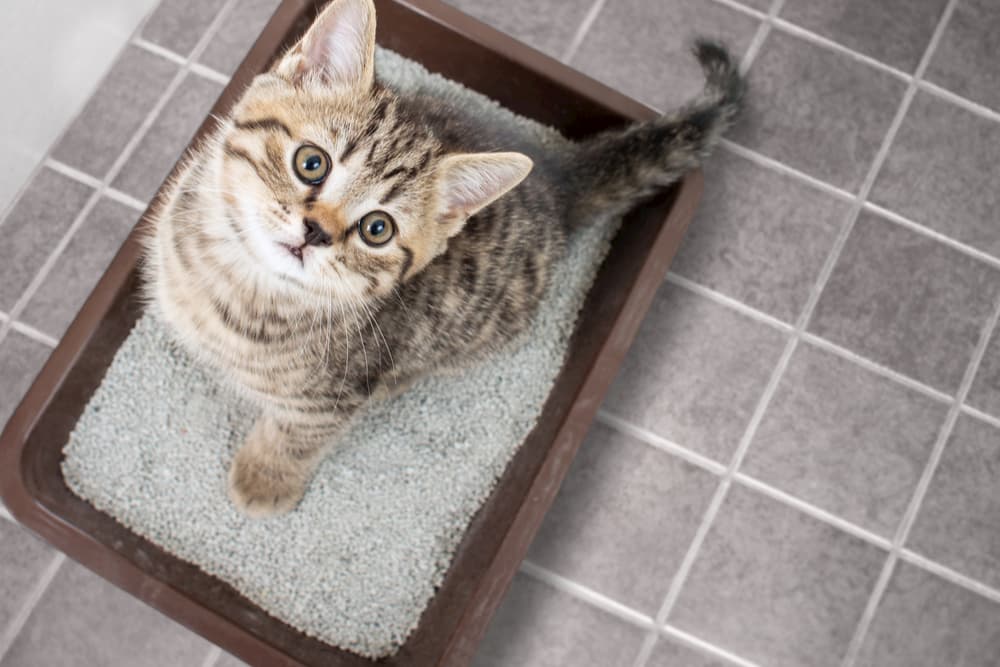Reasons You Mustn't Flush Cat Poop Down Your Toilet - Preserve Your Pipe System
Reasons You Mustn't Flush Cat Poop Down Your Toilet - Preserve Your Pipe System
Blog Article
We've encountered this great article pertaining to Can You Flush Cat Poo or Litter Down the Toilet? down the page on the net and believe it made perfect sense to talk about it with you on my blog.

Intro
As pet cat proprietors, it's vital to bear in mind just how we deal with our feline pals' waste. While it may appear convenient to flush cat poop down the bathroom, this practice can have detrimental consequences for both the environment and human health.
Environmental Impact
Purging feline poop introduces harmful pathogens and parasites into the water, posturing a substantial threat to marine ecosystems. These impurities can adversely impact marine life and compromise water top quality.
Wellness Risks
Along with ecological problems, purging pet cat waste can likewise posture wellness threats to human beings. Pet cat feces might have Toxoplasma gondii, a bloodsucker that can trigger toxoplasmosis-- a potentially severe illness, particularly for expectant females and people with weakened immune systems.
Alternatives to Flushing
The good news is, there are much safer and much more responsible ways to dispose of pet cat poop. Think about the following choices:
1. Scoop and Dispose in Trash
One of the most usual approach of taking care of pet cat poop is to scoop it right into a biodegradable bag and toss it in the trash. Be sure to make use of a specialized clutter inside story and deal with the waste promptly.
2. Usage Biodegradable Litter
Choose biodegradable pet cat trash made from materials such as corn or wheat. These clutters are environmentally friendly and can be securely thrown away in the trash.
3. Hide in the Yard
If you have a lawn, consider hiding pet cat waste in an assigned location away from vegetable yards and water sources. Make sure to dig deep sufficient to prevent contamination of groundwater.
4. Set Up a Pet Waste Disposal System
Invest in a pet dog waste disposal system particularly designed for pet cat waste. These systems use enzymes to break down the waste, lowering odor and ecological effect.
Verdict
Accountable pet dog ownership prolongs past offering food and sanctuary-- it also entails proper waste administration. By refraining from purging pet cat poop down the toilet and selecting alternative disposal techniques, we can decrease our environmental impact and shield human health.
Why Can’t I Flush Cat Poop?
It Spreads a Parasite
Cats are frequently infected with a parasite called toxoplasma gondii. The parasite causes an infection called toxoplasmosis. It is usually harmless to cats. The parasite only uses cat poop as a host for its eggs. Otherwise, the cat’s immune system usually keeps the infection at low enough levels to maintain its own health. But it does not stop the develop of eggs. These eggs are tiny and surprisingly tough. They may survive for a year before they begin to grow. But that’s the problem.
Our wastewater system is not designed to deal with toxoplasmosis eggs. Instead, most eggs will flush from your toilet into sewers and wastewater management plants. After the sewage is treated for many other harmful things in it, it is typically released into local rivers, lakes, or oceans. Here, the toxoplasmosis eggs can find new hosts, including starfish, crabs, otters, and many other wildlife. For many, this is a significant risk to their health. Toxoplasmosis can also end up infecting water sources that are important for agriculture, which means our deer, pigs, and sheep can get infected too.
Is There Risk to Humans?
There can be a risk to human life from flushing cat poop down the toilet. If you do so, the parasites from your cat’s poop can end up in shellfish, game animals, or livestock. If this meat is then served raw or undercooked, the people who eat it can get sick.
In fact, according to the CDC, 40 million people in the United States are infected with toxoplasma gondii. They get it from exposure to infected seafood, or from some kind of cat poop contamination, like drinking from a stream that is contaminated or touching anything that has come into contact with cat poop. That includes just cleaning a cat litter box.
Most people who get infected with these parasites will not develop any symptoms. However, for pregnant women or for those with compromised immune systems, the parasite can cause severe health problems.
How to Handle Cat Poop
The best way to handle cat poop is actually to clean the box more often. The eggs that the parasite sheds will not become active until one to five days after the cat poops. That means that if you clean daily, you’re much less likely to come into direct contact with infectious eggs.
That said, always dispose of cat poop in the garbage and not down the toilet. Wash your hands before and after you clean the litter box, and bring the bag of poop right outside to your garbage bins.
https://trenchlesssolutionsusa.com/why-cant-i-flush-cat-poop/

Do you enjoy reading up on How to Dispose of Cat Poop and Litter Without Plastic Bags? Make a review down below. We'd be interested to listen to your reactions about this content. We hope that you come back again later on. Do you know about another person who is excited by the niche? Feel free to share it. Many thanks for going through it.
Booking Page Report this page